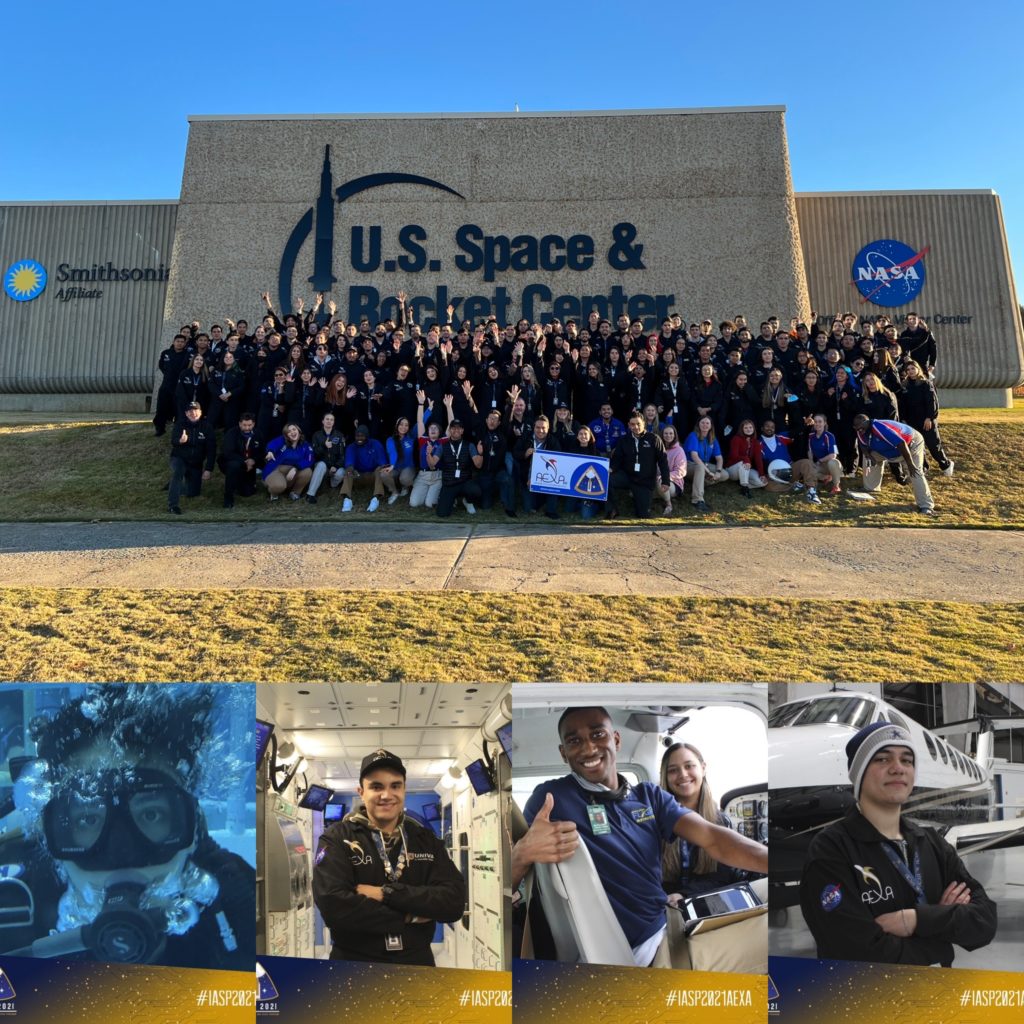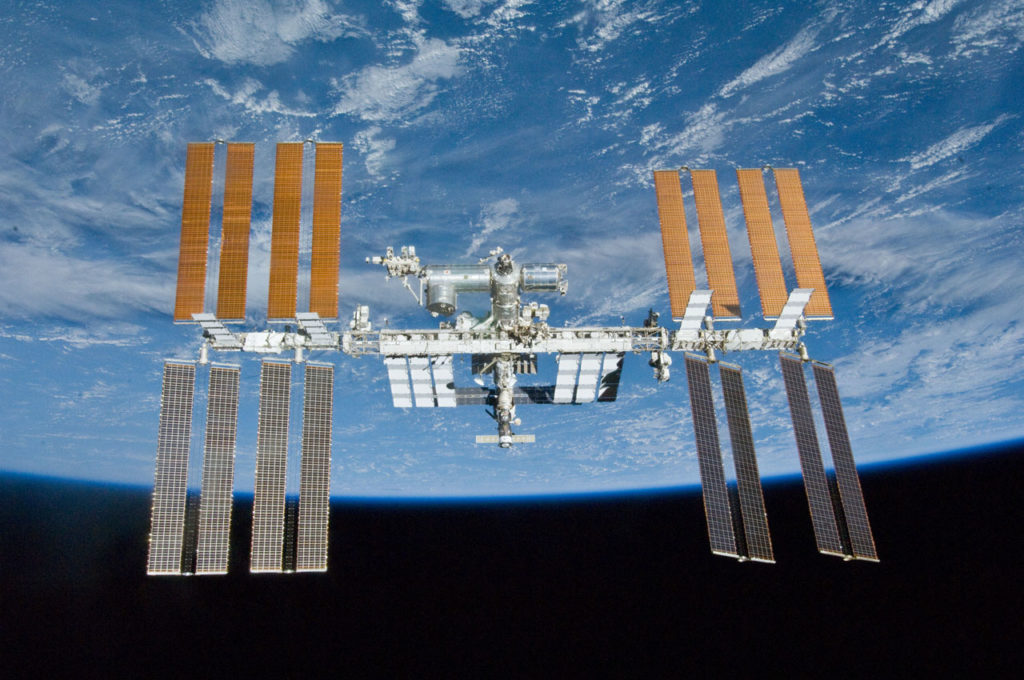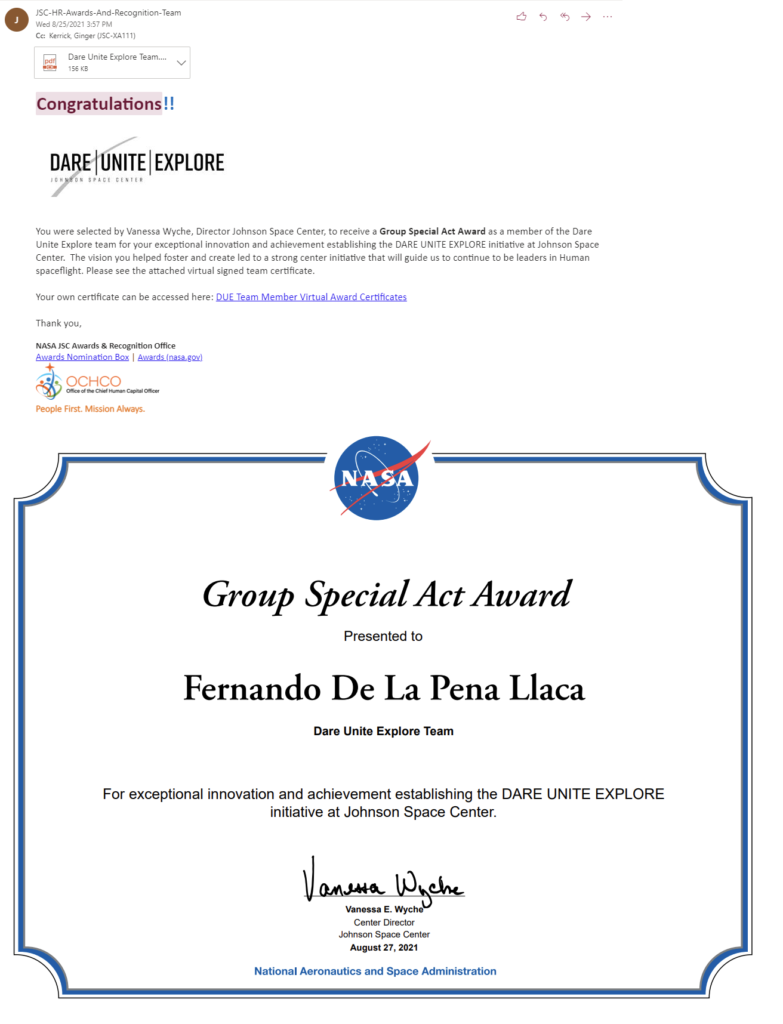
Aexa proudly concluded the International Air and Space Program 2021. During the one-week event, Aexa had 125 students from multiple countries competing to win the challenge and send their experiment to the International Space Station.
During the 2021 edition, we had our first student from India.
We are working towards the IASP 2022 spring edition.







